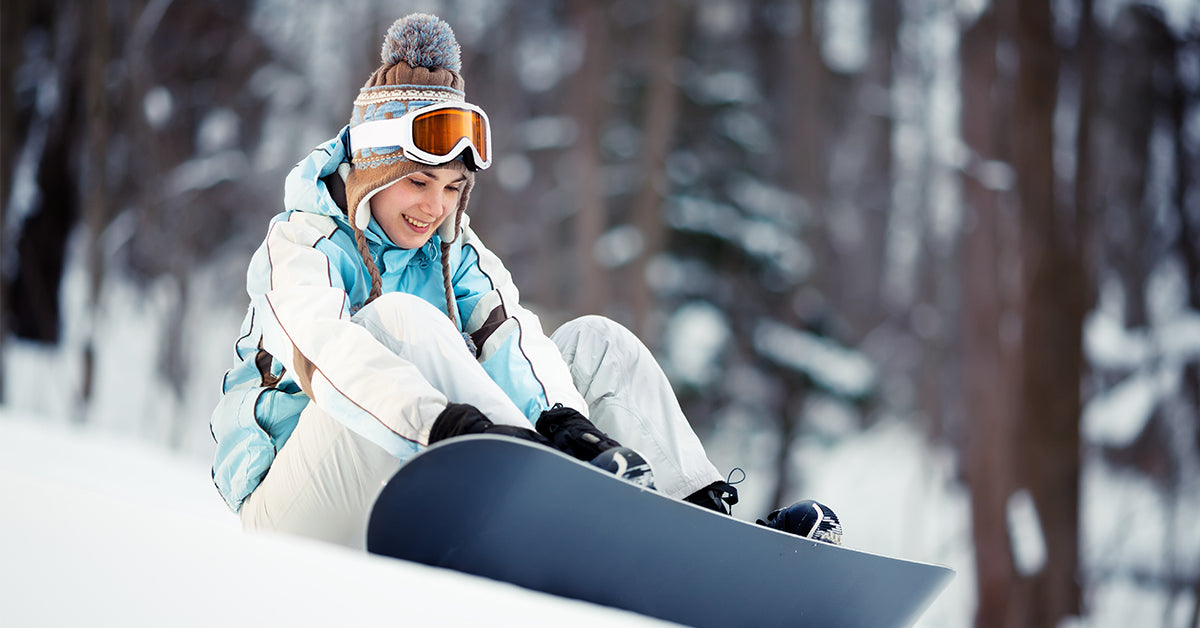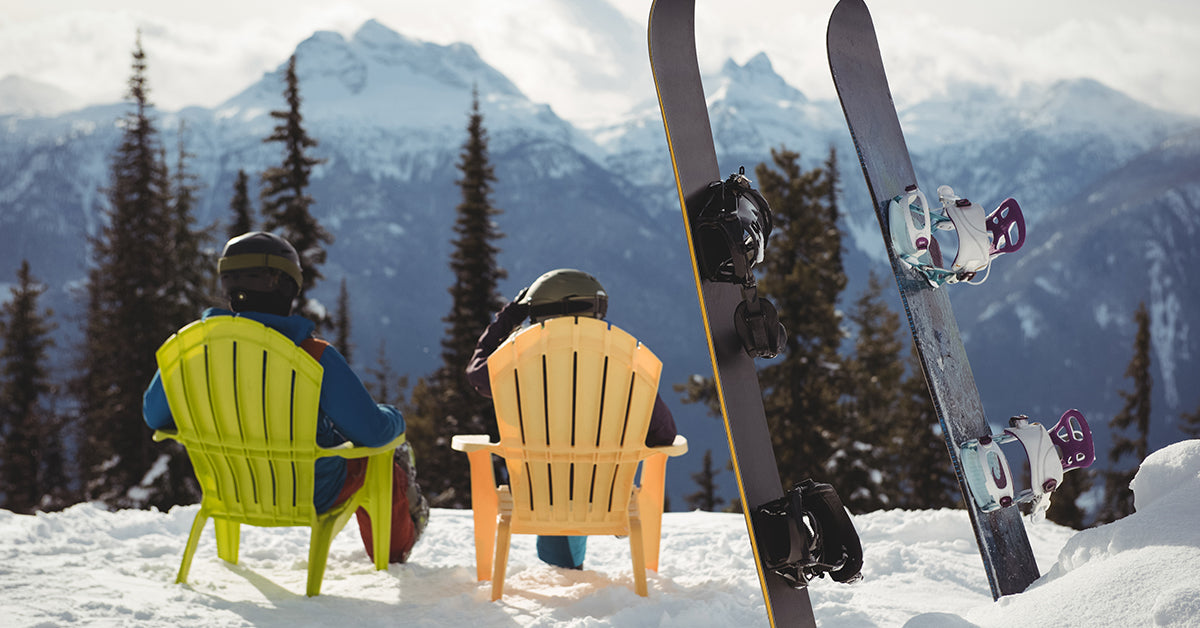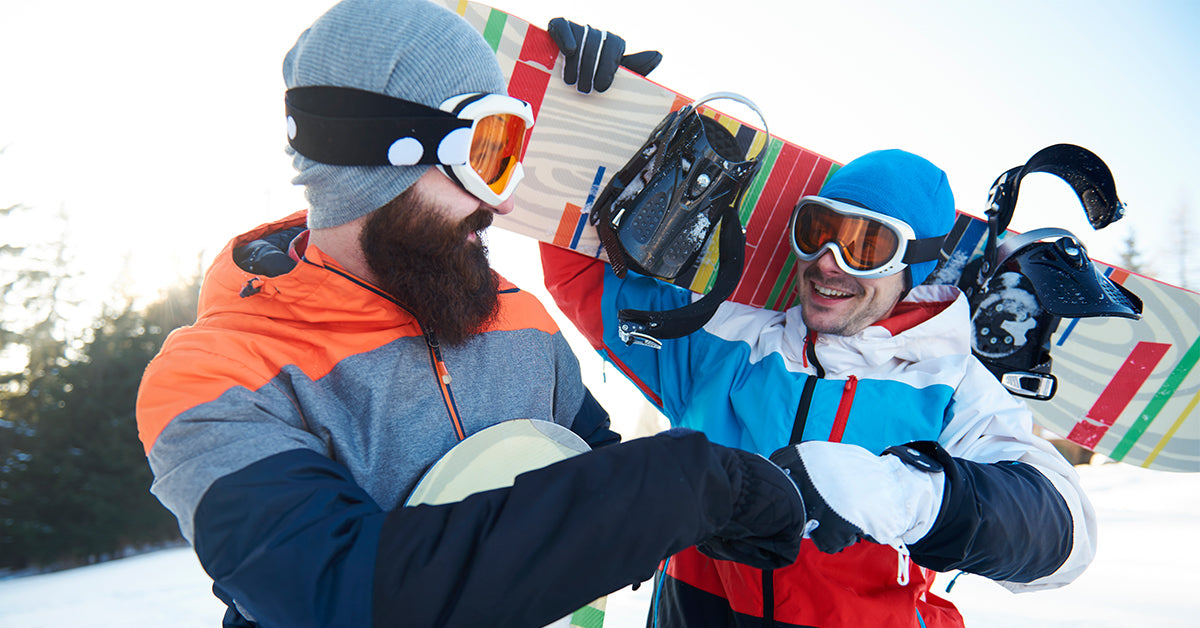
How to adjust snowboard bindings?
Feeling a bit uncomfortable on the slopes? Do you feel like something's off while snowboarding? You might need to adjust your bindings. They're responsible for maintaining your proper position and should be tailored to your physical characteristics and riding preferences. This is a crucial element in determining comfort and enjoyment. How do you properly adjust your bindings? In this article, you'll learn six rules related to snowboard bindings. If concepts like stance, setback, or goofy are unfamiliar to you, read on!
Stance
Stance refers to the stance you place your feet on a snowboard. Start with a stance that's about shoulder-width apart. Stand shoulder-width apart on the board, assume a comfortable position, and mount your bindings that way. As you progress and gain new skills, you can try different stances. The proper stance should make you feel stable and comfortable on the board.
Appropriate angles
This is another category where there are no hard and fast rules that will work for everyone. However, most people start with the so-called "duck" position. As you might have guessed, this involves positioning the feet with the toes slightly pointed outward. In this position, the leading leg should be at a slightly higher angle. The angle range for the front leg is 12-18 degrees, and for the back leg 9-15 degrees.
Setback
Setback is the distance between your feet and the rear end of the snowboard. This setting refers to your center of gravity. For most riders, it's in the middle, but some prefer their bindings slightly offset towards the rear edge. This makes it easier to ride in deep powder, for example.
Highback
The highback, the rear part of the binding that supports your foot when riding on the back edge, should fit snugly against your boot. It should be adjusted so there's no gap between the highback and the boot. This will allow you to better control the snowboard and reduce stress during sudden turns and faster descents.
Tightening the straps
Fasten the strap closest to your ankle precisely at the bend of your boot. Your foot should fit snugly against the binding, although you also want to avoid fastening it too tightly. This will make it very uncomfortable, and after a long day of riding, your foot can be really sore.
Goofy or regular?
Do these terms ring a bell? Regular is a stance where the left foot is the lead foot.
If you ski with your right foot in front, your stance is goofy (yes, like the Disney character). How do you tell? It's not that simple, although most people's intuition is correct. It's best to let your instructor observe you. You can also slowly shift your weight to the front of your feet. The leg you use to support yourself before falling will be your lead leg. Try sliding on ice, too. Your lead leg will automatically move into the lead. Now all you have to do is adjust your bindings correctly and hit the slopes.
Stance
Stance refers to the stance you place your feet on a snowboard. Start with a stance that's about shoulder-width apart. Stand shoulder-width apart on the board, assume a comfortable position, and mount your bindings that way. As you progress and gain new skills, you can try different stances. The proper stance should make you feel stable and comfortable on the board.
Appropriate angles
This is another category where there are no hard and fast rules that will work for everyone. However, most people start with the so-called "duck" position. As you might have guessed, this involves positioning the feet with the toes slightly pointed outward. In this position, the leading leg should be at a slightly higher angle. The angle range for the front leg is 12-18 degrees, and for the back leg 9-15 degrees.
Setback
Setback is the distance between your feet and the rear end of the snowboard. This setting refers to your center of gravity. For most riders, it's in the middle, but some prefer their bindings slightly offset towards the rear edge. This makes it easier to ride in deep powder, for example.
Highback
The highback, the rear part of the binding that supports your foot when riding on the back edge, should fit snugly against your boot. It should be adjusted so there's no gap between the highback and the boot. This will allow you to better control the snowboard and reduce stress during sudden turns and faster descents.
Tightening the straps
Fasten the strap closest to your ankle precisely at the bend of your boot. Your foot should fit snugly against the binding, although you also want to avoid fastening it too tightly. This will make it very uncomfortable, and after a long day of riding, your foot can be really sore.
Goofy or regular?
Do these terms ring a bell? Regular is a stance where the left foot is the lead foot.
If you ski with your right foot in front, your stance is goofy (yes, like the Disney character). How do you tell? It's not that simple, although most people's intuition is correct. It's best to let your instructor observe you. You can also slowly shift your weight to the front of your feet. The leg you use to support yourself before falling will be your lead leg. Try sliding on ice, too. Your lead leg will automatically move into the lead. Now all you have to do is adjust your bindings correctly and hit the slopes.


